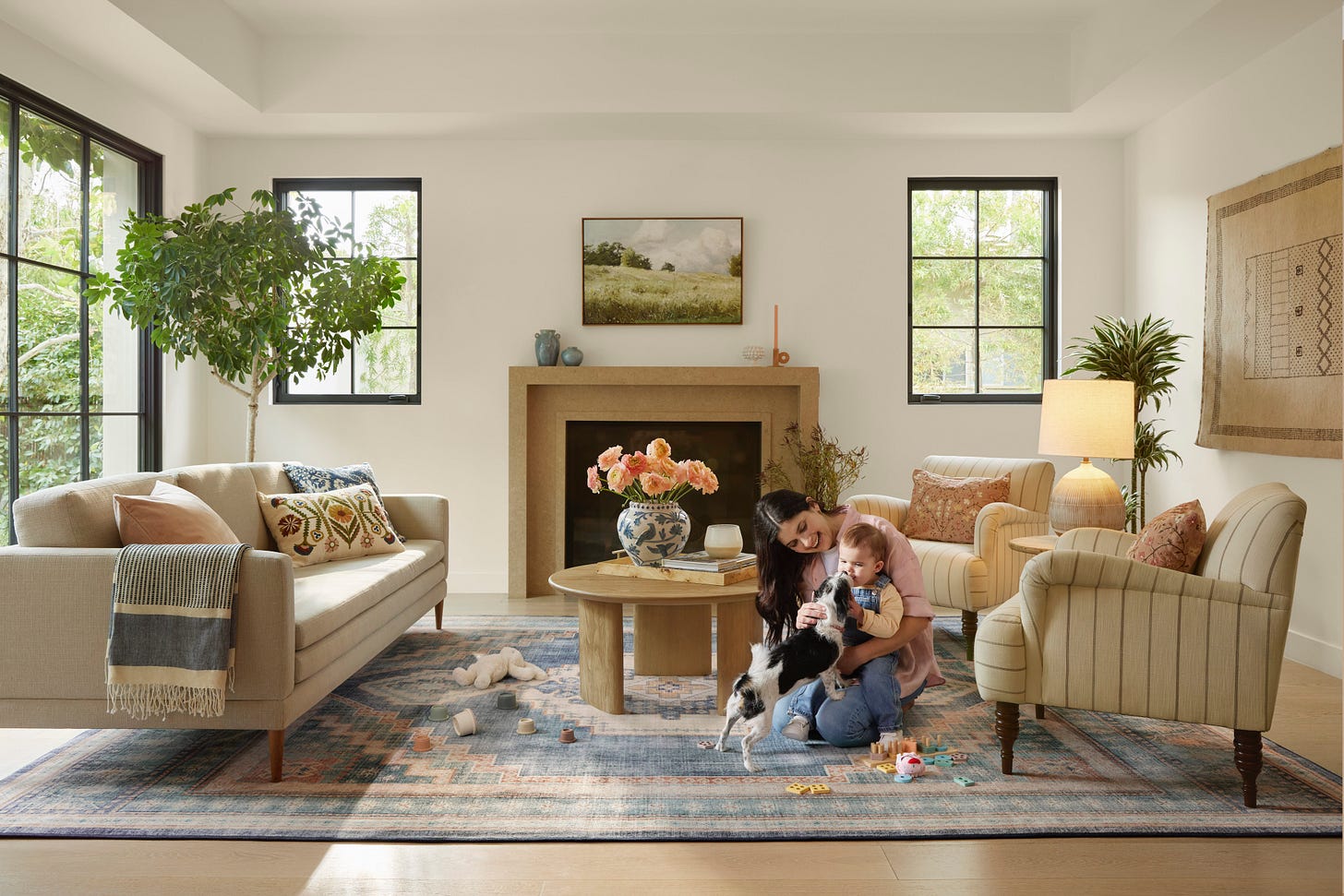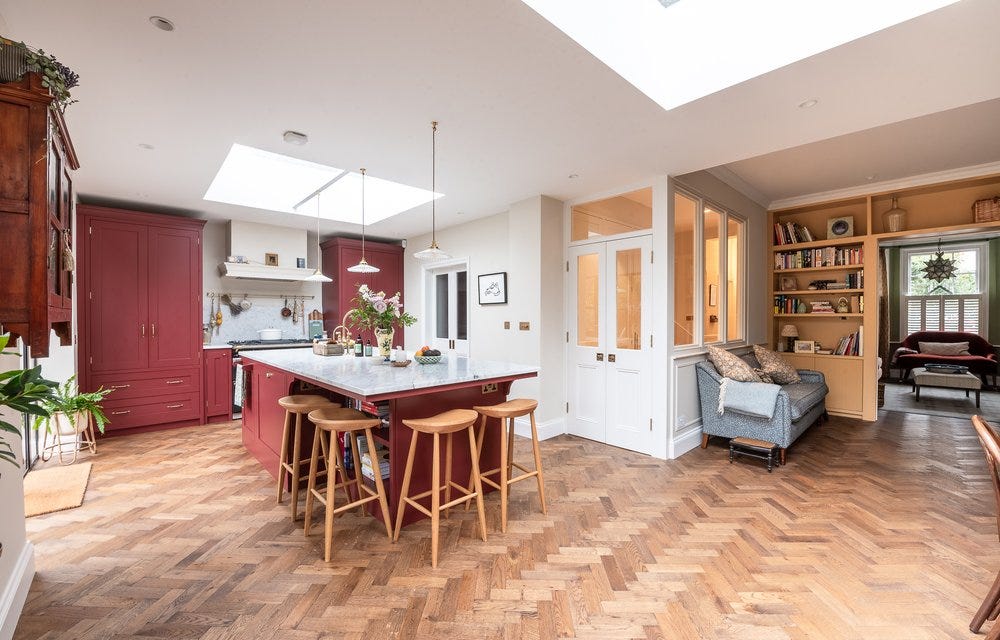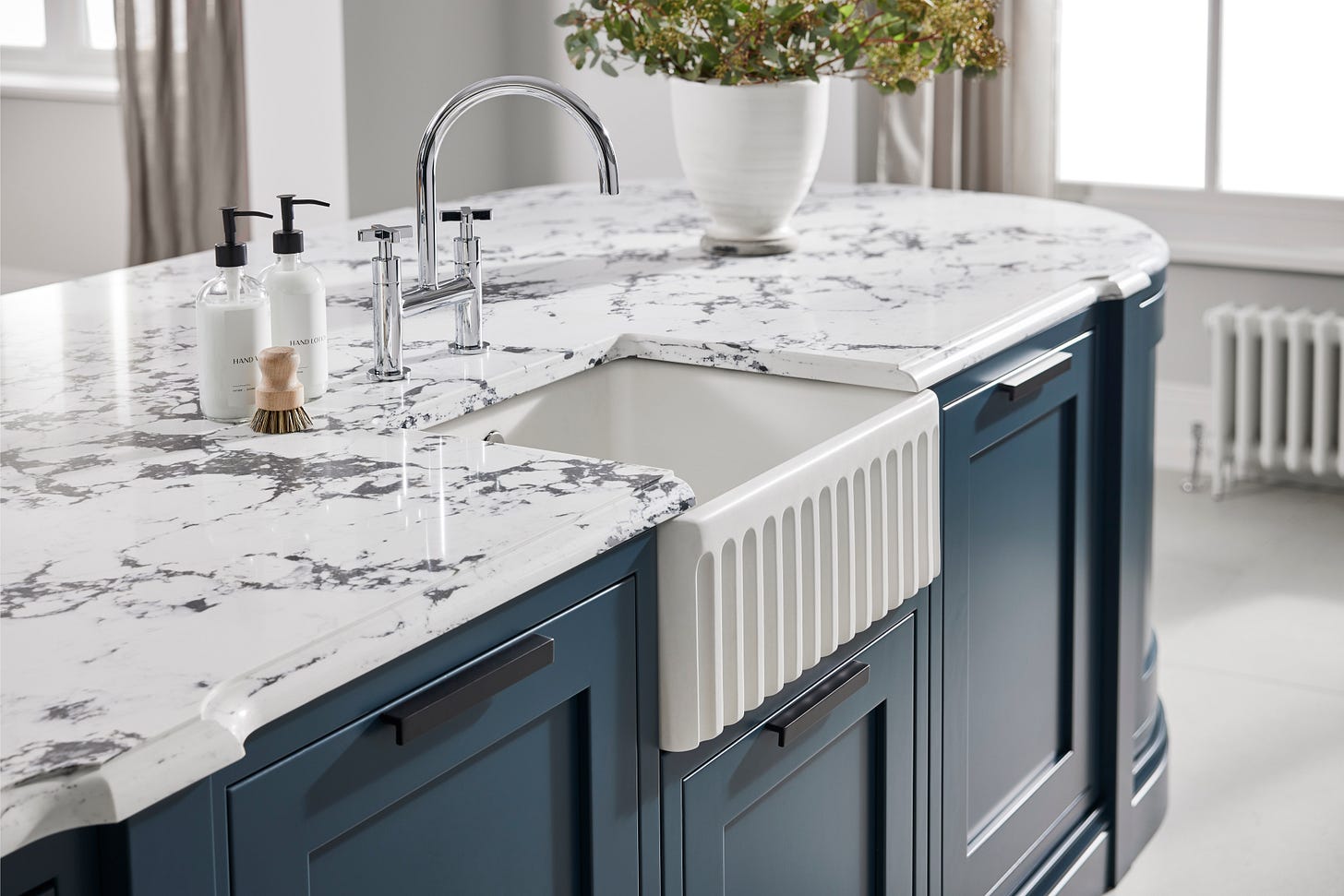Avoid these common mistakes when designing your family spaces
Before you get cracking with your latest project, read our guide to ensure your makeovers stand the test of time
It’s a tricky balance, trying to make your home both stylish and practical, especially when you have kids in tow. However, there are some vital things to avoid so you don’t end up wasting both your time and money on projects that won’t work well for your family in the long run. Read on to find out more.
Not playing the long game when renovating
It’s easy to get wrapped up in family life now, but it’s really important to future proof your home and think ahead about what your lifestyle might be like in 5-10 years time and beyond when it comes to doing major work. For example, you may prioritise a tub in the family bathroom for the kids’ bath-times if you’ve got a shower elsewhere in the house, but the kids will soon turn into bathroom-hogging teens and when everyone needs to make a mad dash for a morning shower, it may be worth considering squeezing in a shower or shower-over-bath combo if space is tight. Or perhaps it’s building in ample storage into a baby’s room – they may not need the hanging space now while everything fits neatly into drawers, but eventually they’ll need plenty of wardrobe storage, whether that’s for uniform, casual clothes or fancy dress.
Missing out on multifunctionality
Why only buy a standard sofa when it can double up as storage and a bed for the grandparents to stay in? Consider whether what you're buying could be smarter, space-saving or have more than one use, especially when it’s a large piece of furniture in a busy family household. Items like ottoman beds are a game-changer, allowing you to stash a myriad of things from out-of-season clothes and duvets, to suitcases and spare bedding and towels. Consider bench seats with drawers or lift-up lids, kids’ trundle beds, coffee tables or footstools with built-in storage, a bookcase with a fold-out or drop-down desk, an extendable dining table etc. Always look for extra storage capacity and ultimate flexibility.
Going too themed for kids’ spaces

You know they’ll LOVE that car-shaped bed – but will they love it in a year or so? When it comes to big-ticket items and the bones of a kid’s bedroom, it’s best to remain relatively neutral in terms of theme and potentially colour choice. If you really want wallpaper, maybe go for peel-and-stick designs that are simple to remove, and choose a bed that’s stylish, durable and will go with pretty much any decor you choose down the line. If your kids are desperate for tractors, princesses, Paw Patrol or whatever it is they’re into, keep it to pieces that are easily changeable and inexpensive, such as bedding and cushion covers.
Choosing impractical soft furnishings
Let’s face it, we all get lured in by Instagram shots of gorgeous homes with things like sisal runners or boucle-covered armchairs, but it’s JUST. NOT. PRACTICAL. Products like natural seagrass carpet or rugs look lovely but are hugely problematic if you’ve got pets or young kids and spillages (or ‘accidents’) aren’t going to come out. A faux design like this from Rug Vista might be better; alternatively, look at washable designs from companies including Ruggable or indoor/outdoor rugs that are increasingly available in eye-catching, softer designs that can still take a glass of wine or a squished fish finger.
Thinking because you’ve got kids you have to turn your home into an IKEA outlet
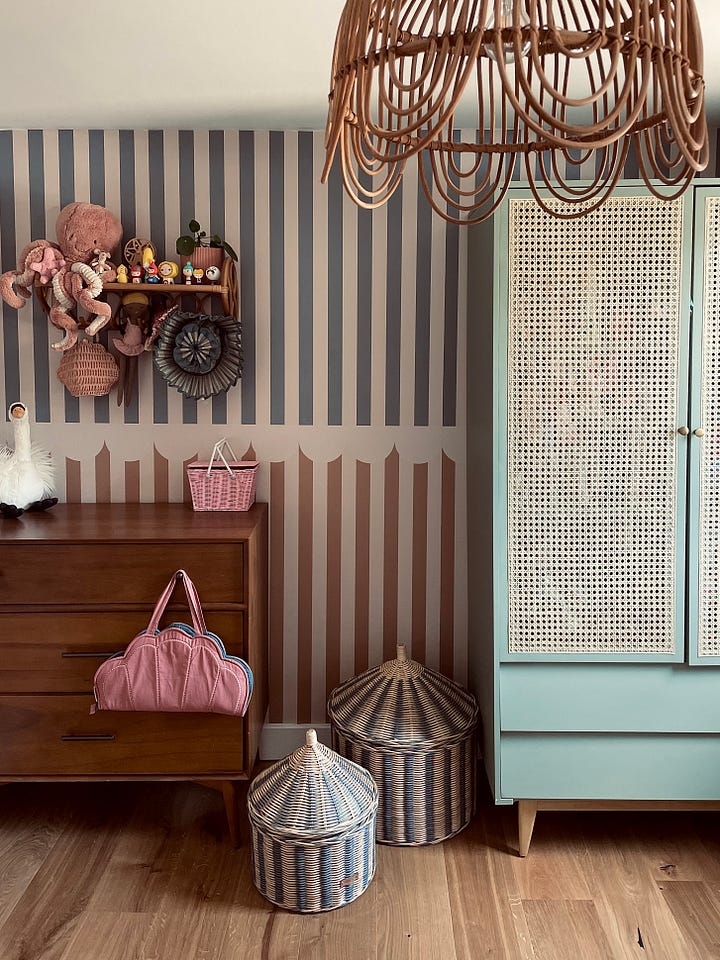
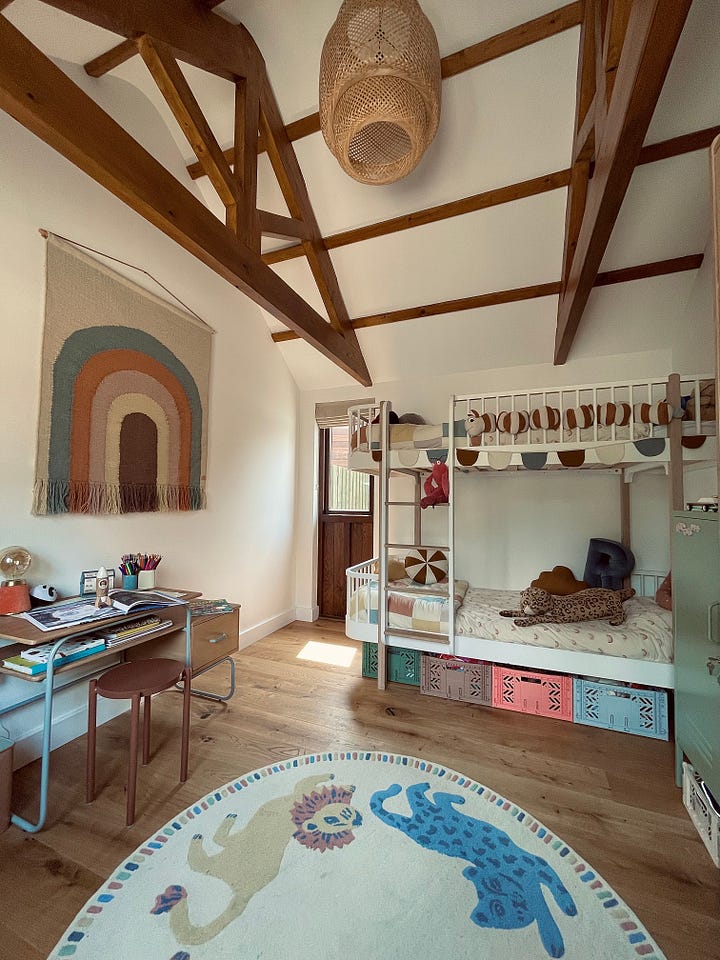
Don’t get us wrong – we love a Trofast hack as much as the next Instagrammer, BUT there can be too much of a good thing. Storage is important, but you can achieve it without it all looking like a flat-pack showroom; maintaining character and interest is important to a space so it doesn’t all look too samey.
Consider mixing storage pieces with a variation in texture, colour, age and appearance – a vintage sideboard can double up as storage for kids’ crafts and puzzles; a painted trunk can become a dressing-up box; pretty antique shelves can hold their books. Essentially you don’t have to give up on your own design aesthetic or home’s unique character to fulfil their endless storage needs; your house can still look like grown-ups live there and conceal a large proportion of the kids’ clutter in storage solutions without resorting to lining all four walls in Kallax cubes.
Going too open plan
Open-plan living is great and has many advantages, particularly for those with very young children, BUT there are a few drawbacks that mean a slightly broken-plan layout may be better in the longer term. Having the ability to shut a few doors or have a quiet space to think and do homework will become more important as your little ones grow up so it is worth bearing in mind how you can, again, future proof your home in the long run.
Consider investing in sliding pocket doors between living spaces that can be pushed back for now so you can keep an eye on smaller children, but be shut later on when they’re practising Grade 2 violin or heaven forbid, on their Playstation… Choosing to partition off a study space for WFH or doing homework that’s slightly separate from the main kitchen zone could also be beneficial, or ensuring the dining area is behind a glazed partition so the table can be used for work outside mealtimes while shut off from the noisier central hub.
Putting safety first
While that marble coffee table or leaning bookshelf might look chic, it may not always be the most practical or safe choice for your home. Reconsider anything with sharp edges, especially at a child’s head height (worktops and dining tables should ideally have rounded edges for example) and fix any tall furniture to the wall to avoid anything tipping.
Before you tile any floors, always check the slip rating (which is measured from R9 – R13, with R13 being the most resistant) – an R11 or above is ideal. Also consider installing night lights on the landing and in new bathrooms for night-time loo visits (if your house is anything like ours, it’s highly unlikely the path to the bathroom is going to be clear of potential trip hazards).
When designing areas including the kitchen or utility room, consider adding cabinet latches to lower cabinets that contain heavy dishes or cleaning products rather than handles or knobs. Radiator covers may also be a good idea in areas where the kids are going to spend a lot of time, especially if the heat source is in close proximity to their play spaces. Install safety locks to any new windows to prevent falls and keep furniture away from windows to prevent climbing. We know this isn’t an exhaustive list and those little explorers always seem to find unfathomable ways to cause us heart-stopping moments (my two are constantly throwing themselves off the back of the sofa), but it should help alleviate some of those potential disasters.
What mistakes have you made in your home? Let us know in the comments below.
Join our Substack chat
Are you currently renovating your home, or considering taking on a project? However big or small, we’re here to help you get your project off the ground. We’re launching a monthly design clinic over on our Substack chat where you can share your family reno dilemmas and we’ll aim to get your questions answered. Download the Substack app and join our chat by clicking on the link below.






